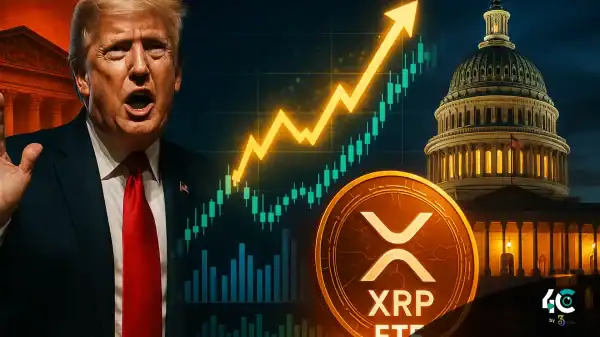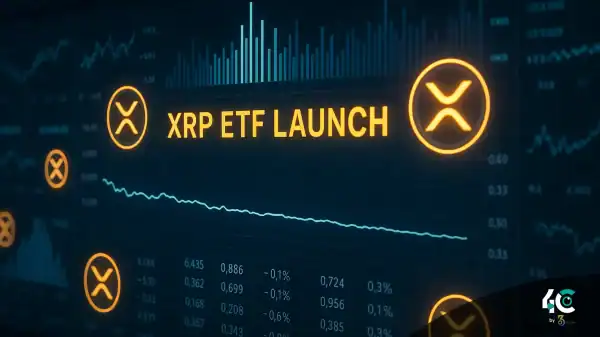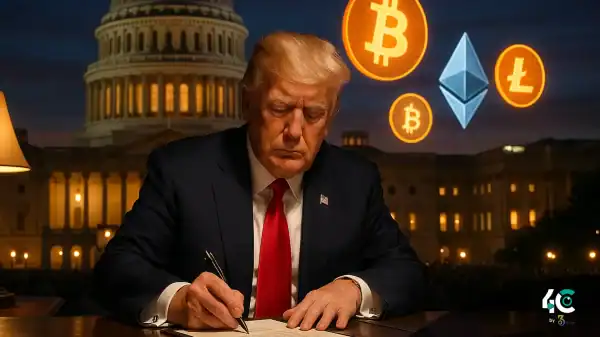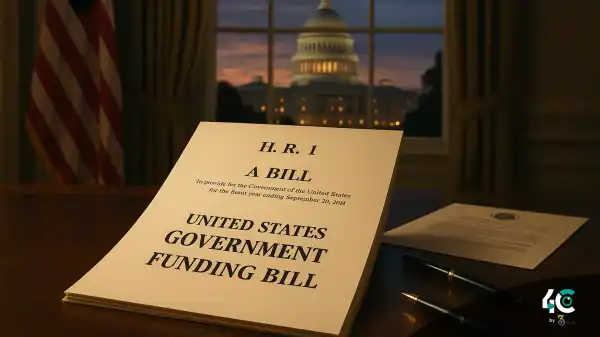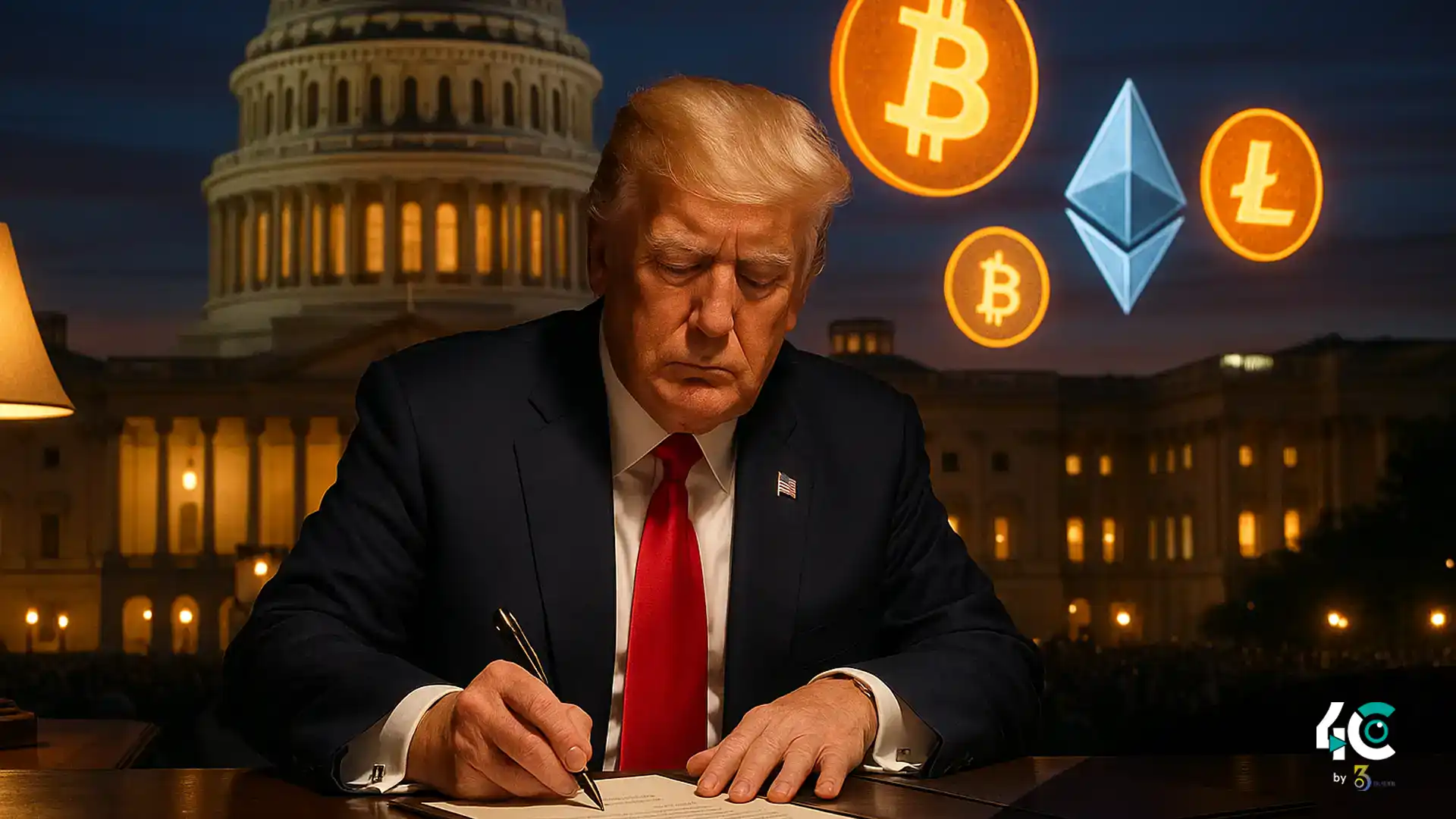A Government Frozen for 43 Days — Until Now
The longest shutdown in American history has officially come to an end. After weeks of political tug-of-war, President Donald Trump approved a funding bill passed by the House of Representatives, restoring the federal government after a grueling 43-day halt.
The bill cleared the United States Senate earlier in the week before gliding through the House. Within hours, Trump signed it—pulling the government out of cold storage and putting federal workers back on the clock.
Donald Trump and the Battle Over Healthcare Funding
The stalemate largely hinged on healthcare spending.
Democratic Party pushed for stronger support measures, while the Republican Party wanted to revisit the issue once the government was running again.
In a surprising twist of cooperation, Trump signaled he’s open to negotiating with the opposing side:
“I’m always willing to work with anyone, including the other party,” he said.
“We’ll work on something having to do with health care. We can do a lot better.”
That alone could be worth popcorn.
The newly signed bill now keeps federal operations funded through January 30, giving Congress a tight window to craft a more comprehensive 2026 spending plan.
Also Read : France Set to Impose Tax on Unproductive Wealth, Including Cryptocurrency and Luxury Goods
What the Shutdown’s End Means for Crypto
The government’s return isn’t just political theatre—it’s a jolt of electricity for the cryptocurrency ecosystem.
Federal employees are heading back to regulatory agencies that dominate the digital asset landscape:
SEC, CFTC, and Crypto ETF Decisions Back in Motion (Focus Keyword Highlight: Donald Trump)
The Securities and Exchange Commission (SEC) can now resume reviewing long-awaited spot-crypto ETF applications.
The Commodity Futures Trading Commission (CFTC) is also back in business—and it’s already moving ahead with a Nov. 19 confirmation hearing for Mike Selig, Trump’s pick to lead the agency.
Treasury to Revisit Stablecoin Policy Proposals
The United States Department of the Treasury can now evaluate public feedback on the GENIUS Act (General Explanatory Note for Improving U.S. Stablecoins — link unavailable as no bill exists publicly; kept unlinked intentionally), a stablecoin-focused regulatory proposal that collected comments in early October through November.
But despite the government springing back to life, the crypto market’s heartbeat barely flickered. Bitcoin and other major assets reacted with the enthusiasm of a cat watching paint dry.
Historically, government restarts have triggered big market rallies. This time? Crickets.
A Reset… But Not a Resolution
The shutdown may be over, but the political tug-of-war certainly isn’t. What happens between now and January 30 will shape not only federal spending—but also the future of U.S. crypto regulation.
One thing is clear:
Washington just pressed “resume,” and the next episode is already loading.


